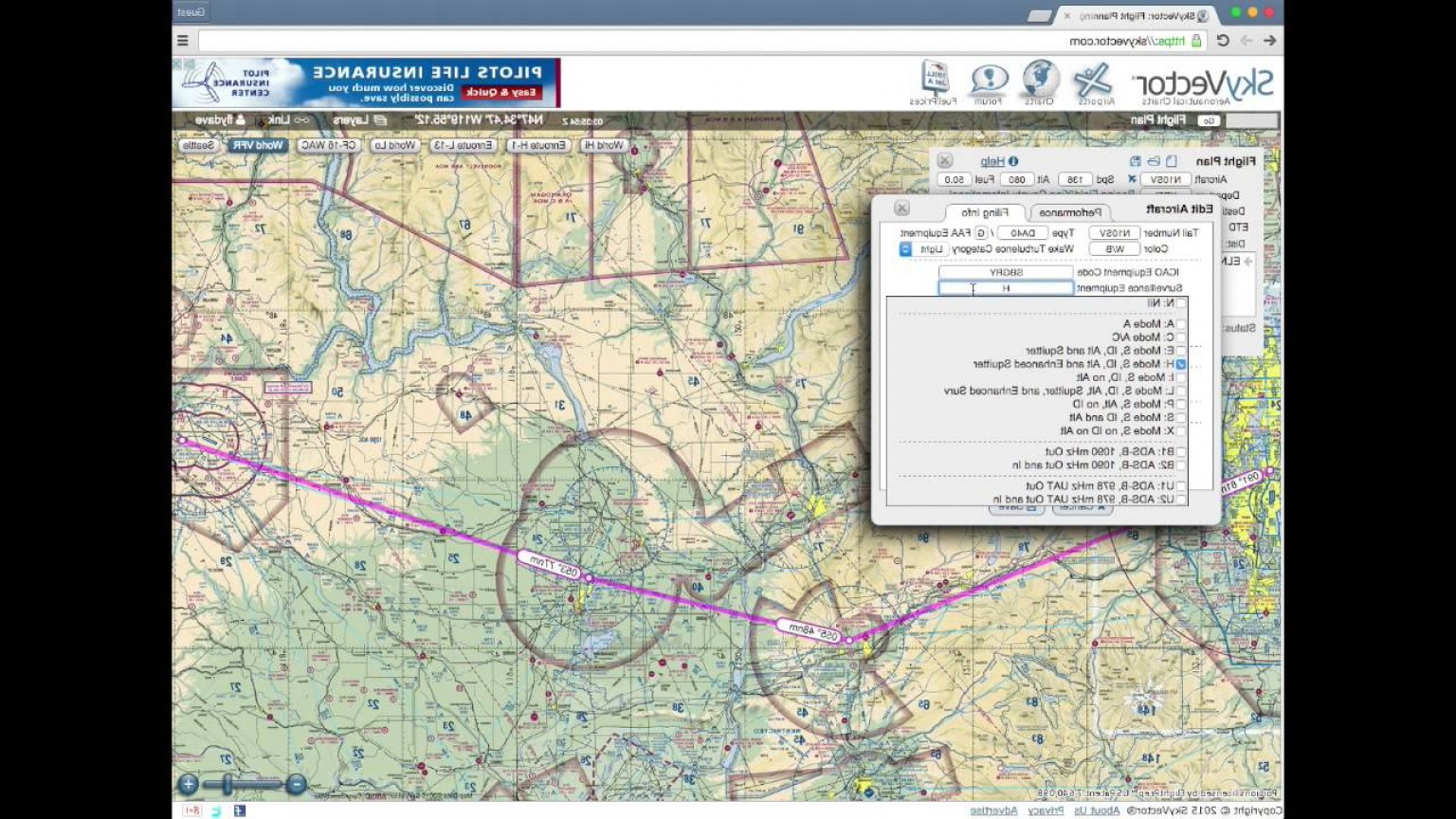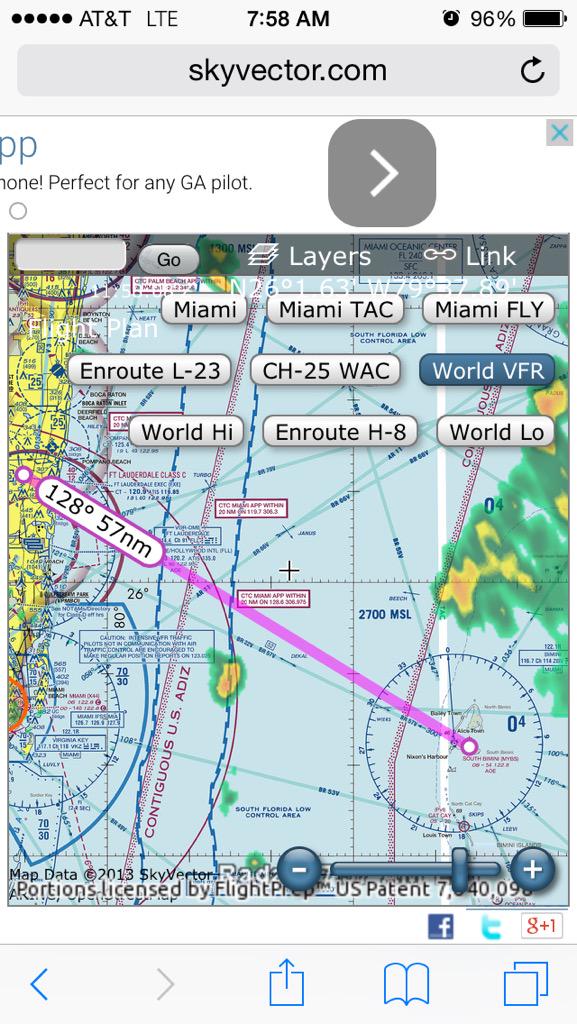
Y for IFR first, then VFR (this will indicate to ATS that during the flight a pilot will call for IFR flight cancellation) Insert one of the following letters to denote the category of flight rules with which the pilot intends to comply. Flight rules are important due to different regulations, weather and separation minimums for IFR and VFR flights. This item indicates both flight rules and type of flight. Item 8įLIGHT RULES AND TYPE OF FLIGHT (2 characters) The most frequent option for general aviation is: aircraft registration. the aircraft is not equipped with radio ī) operating agency and flight number: ACA123, KLM672, BAW74W, etc.Ĭ) tactical call sign (usually military): BRUNO12, SWIFT45, RED1, etc. preceded by the ICAO telephony designator for the aircraft operating agency (Example: SMALL-AIRLINE DAGXC) in radiotelephony, the call sign to be used by the aircraft will consist of this identification alone (Example: DAGXC or N137DK)


This field can be filled in in one of the following ways:
Skyvector to fltplan go registration#
This consists of the aircraft registration letters or the company designator followed by the flight number which are to be used by air traffic services for radiotelephony communication and coordination. if, as a result of modifications to the original flight plan, any ATS may receive a CHG (Change) message only, then the modified flight plan should also be sent along with the message.ĪIRCRAFT IDENTIFICATION (maximum 7 characters).after filing the flight plan check if it has been received and accepted.The pilot (or representative) should advise ATS about a delay if it exceeds 30 minutes for flights in controlled airspace, or 60 minutes for flights outside controlled airspace. When multiple changes are to be made, it is preferable to cancel the existing flight plan and file a new one. it is essential to advise ATS of cancellation, delay or any changes to the flight plan.If You want to delay Your flight plan over midnight, a CHG (Change) and not DLA (Delay) message should be sent. if your flight plan is for a future date (You may file Your flight plan 120 hours before Estimated Off Block Time – EOBT) make sure that the date is provided clearly in item 18 (preceded by “DOF/”).item 19 completion is to facilitate alerting of SAR (Search and Rescue) services.items 7 to 18 should be completed as indicated hereunder.items preceding item 7 are to be completed by ATC and COM services.note that item numbers on the form are not consecutive (they correspond to item type in standard ATS messages).the term “aerodrome”, where used in the flight plan, is intended to cover also sites other than aerodromes, which may be used by certain types of aircraft, e.g., helicopters or balloons.all times should be clock times in 4 figures UTC (e.g., 1800, 0930, etc.).where excess space is available, leave unused spaces blank.any data should be inserted only in the fields and spaces provided.adhere to the prescribed formats and manner of specifying data.

use capital letters, one letter in each space of the field (unless field are not divided into spaces).When completing a flight plan the following rules apply: It is very important to adhere closely to the prescribed formats and manner of specifying data.Ī new flight plan format was fully implemented from 15th November 2012 containing certain significant changes from the previous format. The white boxes on the form relate to required information about the flight and are to be completed by the pilot or dispatcher while the shaded boxes indicate the information that is to be inserted by appropriate ATS and COM services.

Completion of the ICAO flight plan form is quite simple and is only a matter of inserting the requested information in the appropriate boxes.


 0 kommentar(er)
0 kommentar(er)
